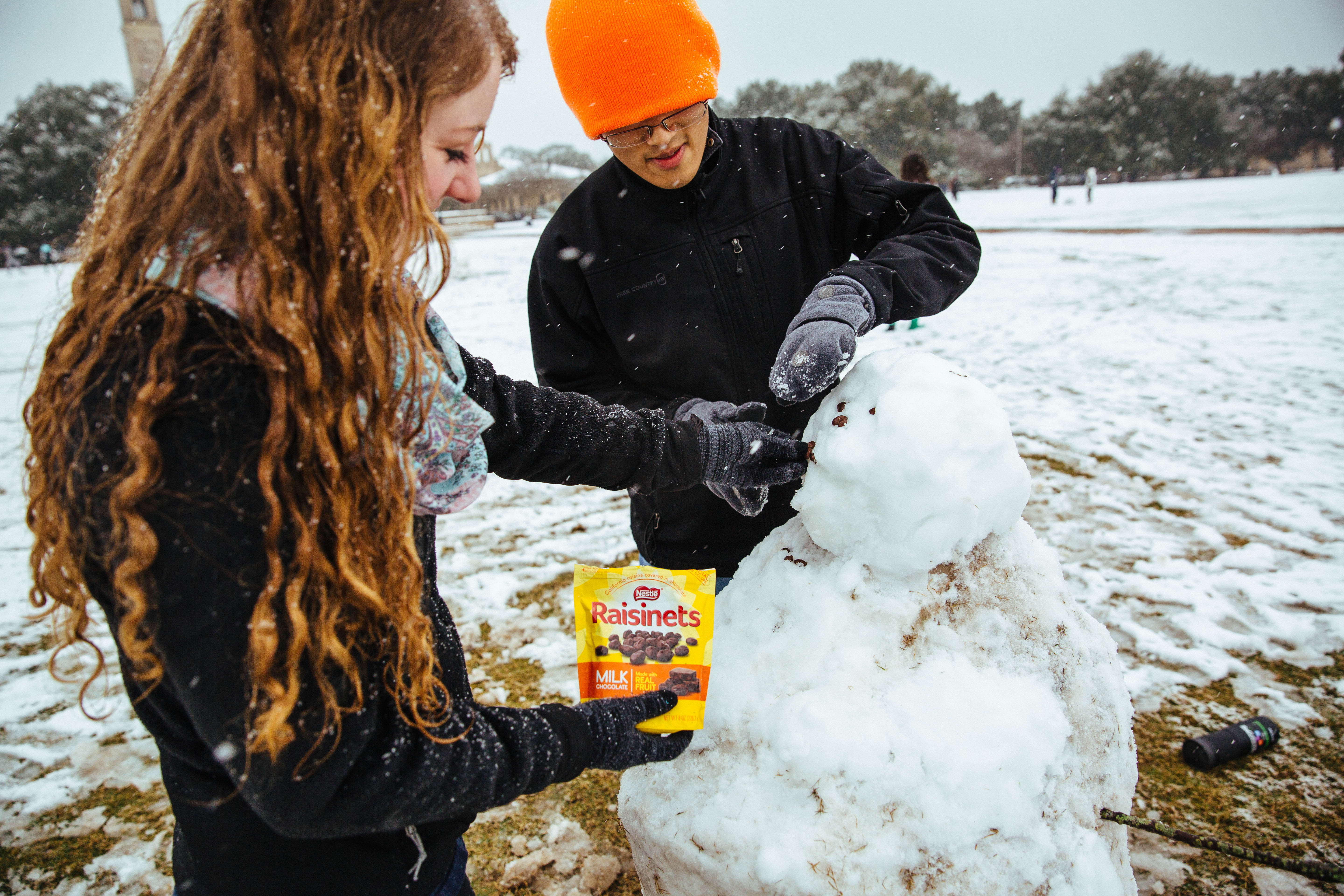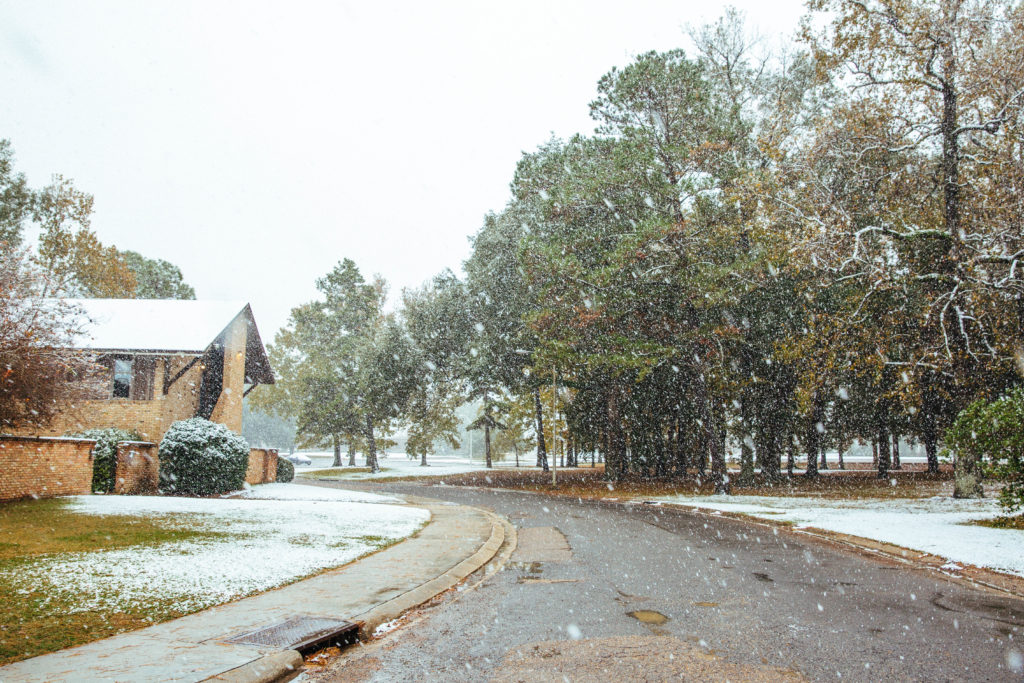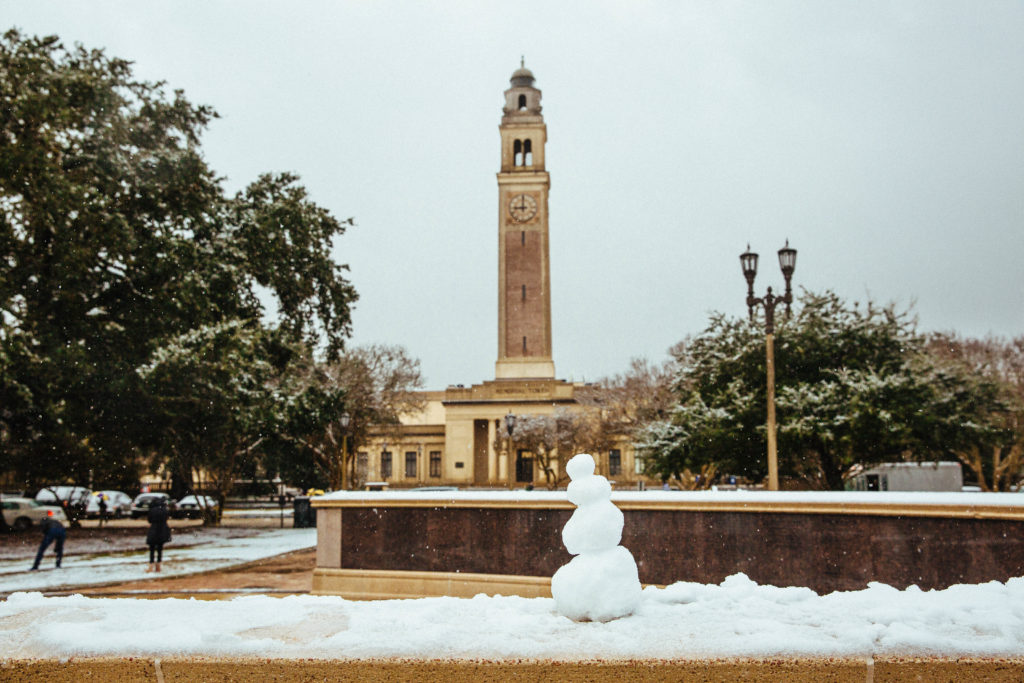
What happens to Baton Rouge roads when it snows?
Christmas came early in Baton Rouge last month, when 3 to 5 inches of snow fell for several hours across the region.
It was the first time most of us had seen snow since 2012, when about an inch fell.
The wintry weather got the 225 team wondering—how does the Louisiana Department of Transportation and Development prepare for these types of situations?
|
|
To ensure safety, DOTD begins its preparations in early December, taking an inventory of the state’s stockpile of salt and brine—used to de-ice the roads—and checking that its trucks and equipment are fully operational.
Partnering with the Governor’s Office of Homeland Security and Emergency Preparedness and the National Weather Service, DODT monitors for precipitation so its workers can salt accordingly.
In the case of a snowy or icy day, DODT urges residents not to drive unless they absolutely have to.
“I don’t think people have a conception of how dangerous [icy roads] can be, and our lack of experience and maybe equipment causes more issues,” says DOTD communications director Rodney Mallett.
Thin, clear layers of ice—generally referred to as “black ice”—often go unnoticed by drivers and can be deadly. If you do end up on the road, Mallet suggests these rules: Never use cruise control, which can not only increase your chance of hydroplaning but make it worse when it does occur. Allow extra distance between yourself and nearby cars, and use lower gears on hills and slopes.
How to stay in the know about snow
• The National Weather Service’s weather.gov and GOHSEP’s getagameplan.org website and app provide tips for weather conditions, including freezing temperatures and ice storm threats.
• DOTD’s 511LA.org and corresponding app offer nonstop coverage of lane closures, traffic, icy roads and flooding.
• Follow DODT or state/local police on social media for the latest road info.
This article was originally published in the January 2018 issue of 225 Magazine.
|
|
|


